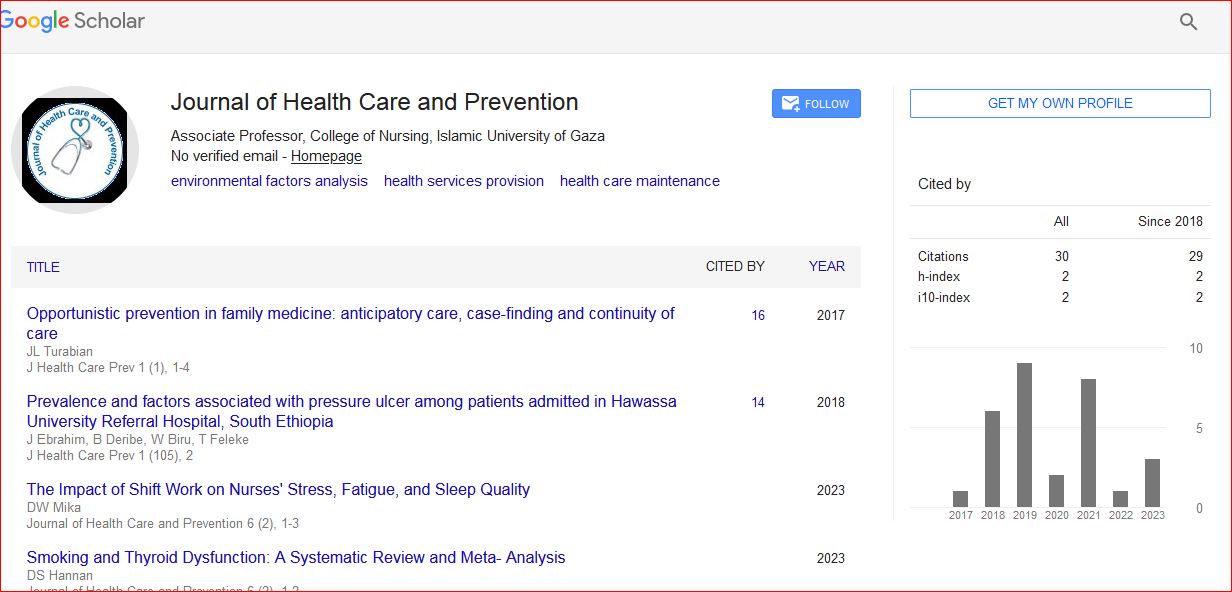Assessing the Effectiveness of Vaccination Campaigns in Preventing Infectious Diseases in Rural Communities
*Corresponding Author:Received Date: Nov 01, 2024 / Published Date: Nov 29, 2024
Citation: Jean C (2024) Assessing the Effectiveness of Vaccination Campaigns in Preventing Infectious Diseases in Rural Communities. J Health Care Prev, 7: 285.DOI: 10.4172/jhcpn.1000285
Copyright: © 2024 Jean C. This is an open-access article distributed under the terms of the Creative Commons Attribution License, which permits unrestricted use, distribution, and reproduction in any medium, provided the original author and source are credited.
Abstract
Vaccination is one of the most cost-effective and successful public health interventions for preventing infectious diseases. However, rural communities often face unique challenges in achieving high vaccination coverage due to geographical, socio-economic, and cultural barriers. This research paper aims to assess the effectiveness of vaccination campaigns in preventing infectious diseases in rural communities, focusing on factors such as accessibility, public awareness, healthcare infrastructure, and community engagement. Through a review of global case studies and analysis of vaccination data, the paper explores the successes and challenges of vaccination campaigns in rural areas. The findings suggest that while vaccination campaigns are generally effective in reducing disease burden, tailored strategies addressing the specific needs of rural populations are essential for improving coverage and outcomes

 Spanish
Spanish  Chinese
Chinese  Russian
Russian  German
German  French
French  Japanese
Japanese  Portuguese
Portuguese  Hindi
Hindi 
